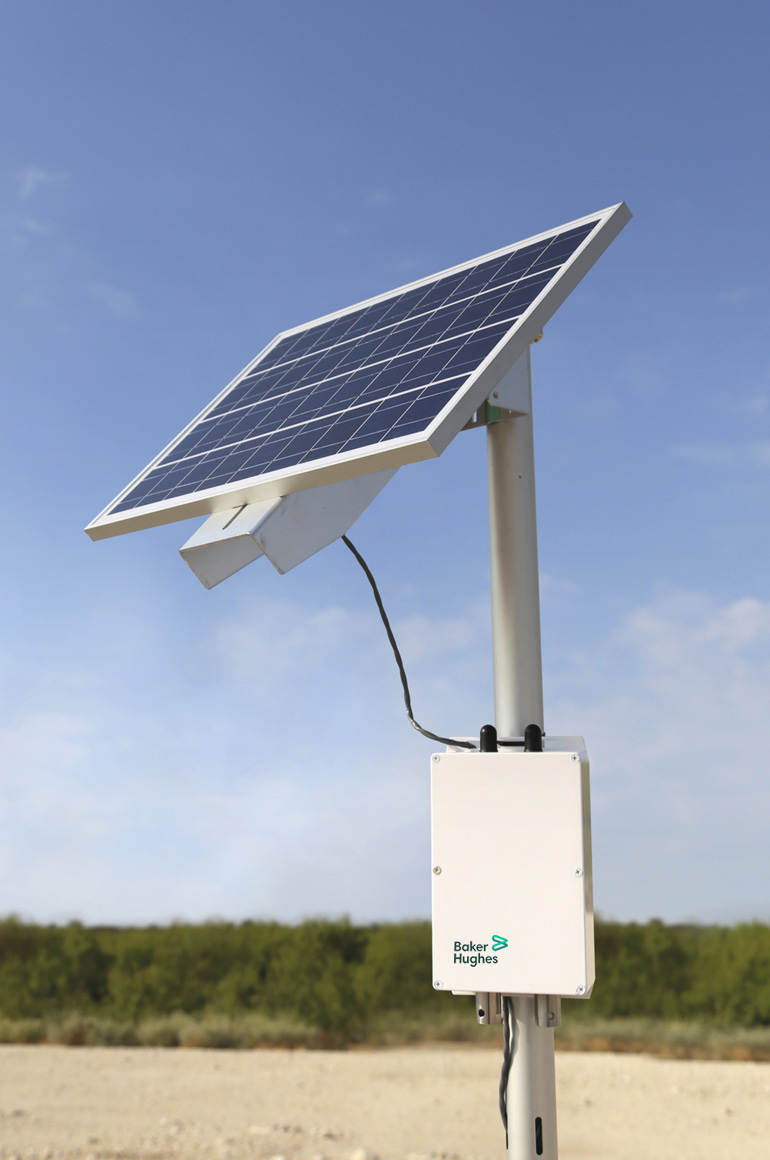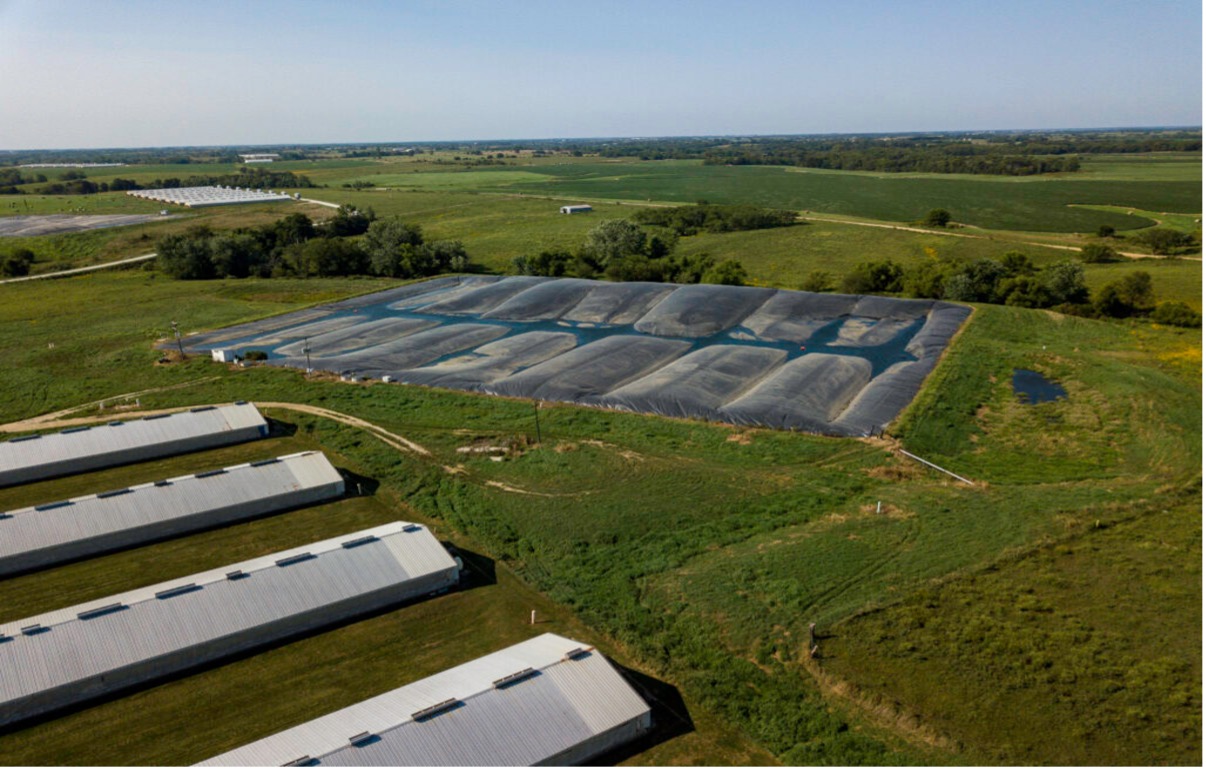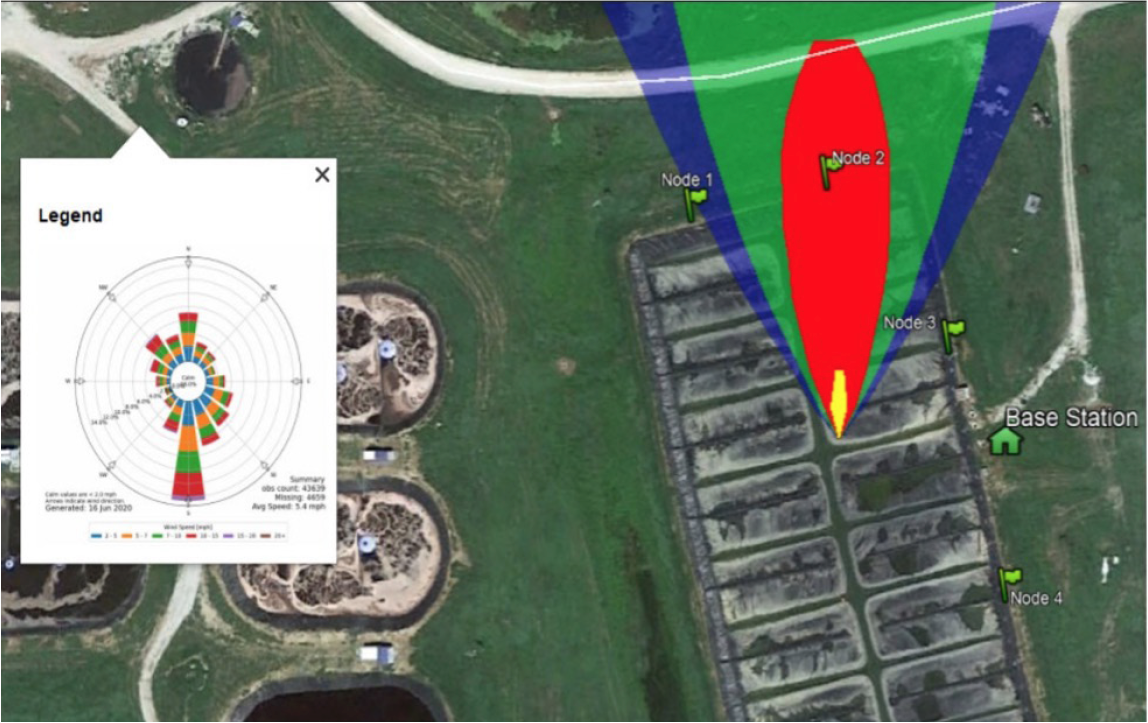Energy transition requires that industries simultaneously reduce emissions from existing processes and develop clean alternatives. It’s a tall order but fuel production is one area in which those gears are effectively shifting.
Detecting and mitigating methane emissions represents the low-hanging fruit in international efforts to arrest global warming.
A United Nations Environment Program paper, Global Methane Assessment, produced in May this year in collaboration with the Climate and Clean Air Coalition, confirmed that methane is tens of times more potent than carbon dioxide in its effects on warming the atmosphere (roughly over a decade), and is also responsible for some half a million premature deaths every year. In addition, the U.S. Environmental Protection Administration reports that “methane is more than 25 times as potent as carbon dioxide at trapping heat in the atmosphere.”
Mitigating this pollutant should therefore become a priority.

It’s a truism that you can’t mitigate what you can’t detect. Now, a powerful Baker Hughes monitoring platform, developed to assist the oil and gas industry in identifying, measuring, and containing methane emissions, is also being applied to helping the growing biogas industry respond to methane leaks — ensuring that biogas (also known as renewable natural gas) is safe for the people involved in producing it and that it offers a truly low-carbon, renewable fuel.
According to recently published scientific research, methane contributes at least a quarter of today’s gross global warming and its concentration in the atmosphere continues to rapidly rise. Global Methane Assessment identifies that “more than half of global methane emissions stem from human activities in three sectors.” These are:
- Fossil fuel production: oil, gas, and coal extraction
- Waste management: landfills and wastewater processing
- Agriculture: livestock emissions from enteric fermentation (digestion) and manure

Greenhouse gas progress from livestock?
Where these emissions are geographically concentrated – such as in fossil fuel extraction, landfills, and wastewater and manure processing facilities – emissions monitoring can lead to significant mitigating action, says Myalee Muller, Product Director for Measurement and Detection at Baker Hughes.
Following a successful pilot program, Muller’s team is applying Baker Hughes’ emissions management solution to continuously monitor methane leaks at 22 biogas lagoons in Missouri, operated by Roeslein Alternative Energy (RAE). RAE stores manure in lagoons covered by flexible geotextile tarpaulins, which capture the biogas generated by anaerobic digestion of this agricultural waste. As Muller explains, the tarps rise and fall with the build-up and extraction of gas and can be affected by the “cyclic fatigue” of expanding and contracting, “creating opportunities for leaks around the edges.” Stormy weather can also lead to tearing of the tarps, caused by flying debris or branches.
Baker Hughes’ solution, proven in the detection of methane escaping from oil and gas production, throws a digital “mesh” of surveillance over the lagoons by strategically placing advanced sensors across the site. Data collected from these nodes is analyzed in the cloud and artificial-intelligence-driven software reports the occurrence of leaks and their location to the operator.
For Mueller, the most exciting benefit of this technology is “the opportunity in the future to connect environmental data it collects with production and process data to start identifying and preventing emissions from occurring."
Chris Roach, President of RAE, says, “The platform provides us with 24/7 autonomous, actionable and cost-efficient biogas emissions monitoring on a real-time basis.” He expects the post-pilot, expanded installation to “help us advance RNG [renewable natural gas] as a safe, reliable and sustainable fuel for a variety of uses.” Mueller added that various operators are planning as many as 1,000 biogas lagoons in Missouri alone, with others in Utah, North Carolina, and elsewhere.

What is biogas and how is it made?
An example of the widely pursued circular economy, biogas is typically produced from agricultural waste such as manure, municipal waste, green waste or food waste, and its residual product or “digestate” can be returned to the land for soil improvement, which once again contributes to agricultural production.
The raw form of biogas is methane — generated by microbes digesting the raw materials or “feedstocks” — which must then be processed to remove impurities and CO2, before being injected into pipelines leading to industrial or domestic off-takers, or compressed for transportation. Although currently expensive to produce, this clean fuel could become increasingly viable if an industry as large as shipping were to submit to a carbon tax and the demand for biogas produced at scale were to subsequently increase.
What’s driving the biogas market?
Although biogas is today around 33 times as expensive as dry natural gas (US$100 per million cubic feet compared with $3/MCF) and is therefore currently only viable in jurisdictions that incentivize low-carbon fuels, the market for renewable gas is poised to grow.
In July, for example, the European Commission proposed including shipping in its Emissions Trading Scheme, starting from 2023 and phasing in compliance over a three-year period. Around 90% of the world’s trade is transported by sea, generating 3% of the world’s CO2 emissions, and the shipping industry cites a lack of viable alternatives to marine fuel as one challenge to its decarbonization.

Casting a wider methane detection net
In any biogas scenario, its production should not contribute to the world’s methane burden. Concentrations of methane in the atmosphere are already growing faster today than at any time since the 1980s.
Muller says cost-effective methane detection that leads to mitigation will also find long-term application in worldwide municipalities committed to reducing their carbon emissions. The UN’s Global Methane Assessment puts combined methane emissions from landfill and wastewater at about “20% of global anthropogenic emissions”. In coming years, Muller believes methane emissions from landfills can be mitigated to some extent by strategies such as reducing, separating, recycling, and incinerating the rubbish produced by modern life; but methane from wastewater plants will be a persistent challenge.
“I was on a call recently with a major engineering consulting firm that was looking at continuous monitoring across 30 to 40 waste water sites in the UK,” she says, “because the country has committed to net zero and is recognizing the level of methane emissions produced by these municipal facilities.”
Methane is widely recognized as an emission to target because of the existence of effective detection and mitigation technologies. The UN reports that just 60% of methane mitigation measures have low or negative-cost abatement potential, with the greatest potential for negative cost abatement “in the oil and gas subsector where captured methane adds to revenue instead of being released into the atmosphere.” The International Energy Agency estimates that 75% of methane emissions from oil and gas operations could be avoided with technologies that are already available.
Methane’s relatively short atmospheric lifetime of around 10 years “means taking action now can quickly reduce atmospheric concentrations”, says the UN report. It adds that lowering methane concentrations now would rapidly reduce the rate of atmospheric warming in this decade, helping to limit dangerous climate feedback loops, improve human health outcomes, and help preserve the earth’s ability to produce crops needed to nourish the global population.
Recruiting for new jobs in a purposeful new industry
A further important impact of tackling methane emissions is employment opportunity — the subject of a 2021 study which is the third in a series conducted in 2014 and 2017, commissioned by the US-based Environmental Defense Fund and called Find, Measure, Fix: Jobs in the US Methane Mitigations Industry.
Find, Measure, Fix identified more than 215 companies in the US methane emissions-mitigation industry, offering a range of roles from field technicians to data scientists. Many of these firms anticipate growing their workforces in response to likely strengthening of Federal and state regulation of methane emissions.
Benjamin Linke, Vice President of Emissions Management at Baker Hughes, says the firm is already “hiring for all kinds of new roles, from unmanned aerial vehicle pilots, to data scientists, program managers, robotics engineers, and project managers…etc.”
Muller concurs saying, “We’re creating a new workforce. Throughout our operations we’re looking to apply technology to problem solving and we need more technical experts in computer vision, advanced analytics, machine learning to develop solutions.”
Methane detection, measurement, and mitigation is a field ripe with existing technologies, ready to be applied to one of the world’s most potent greenhouse gas challenges, as it affects both transitioning and new-fuel industries.
Energy Forward Stories
Sign up to stay up to date on the latest innovations and people shaping the future of our industry.





